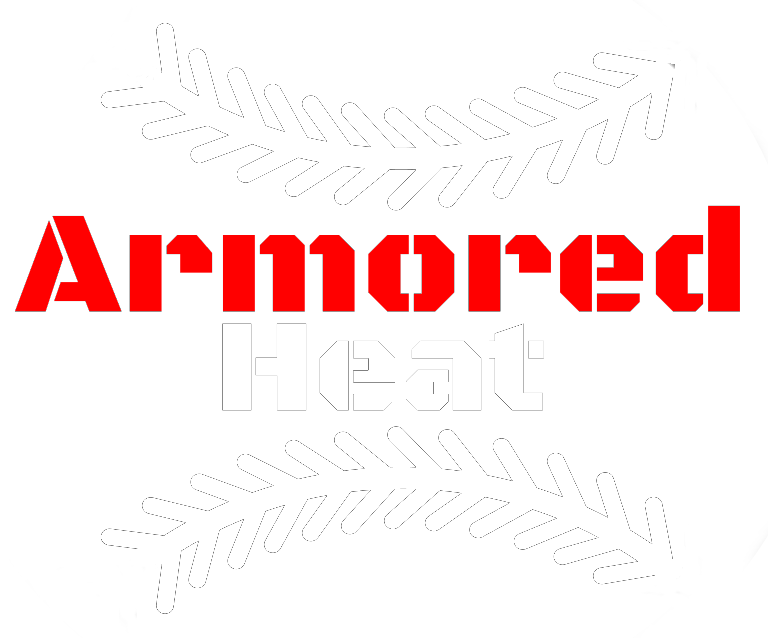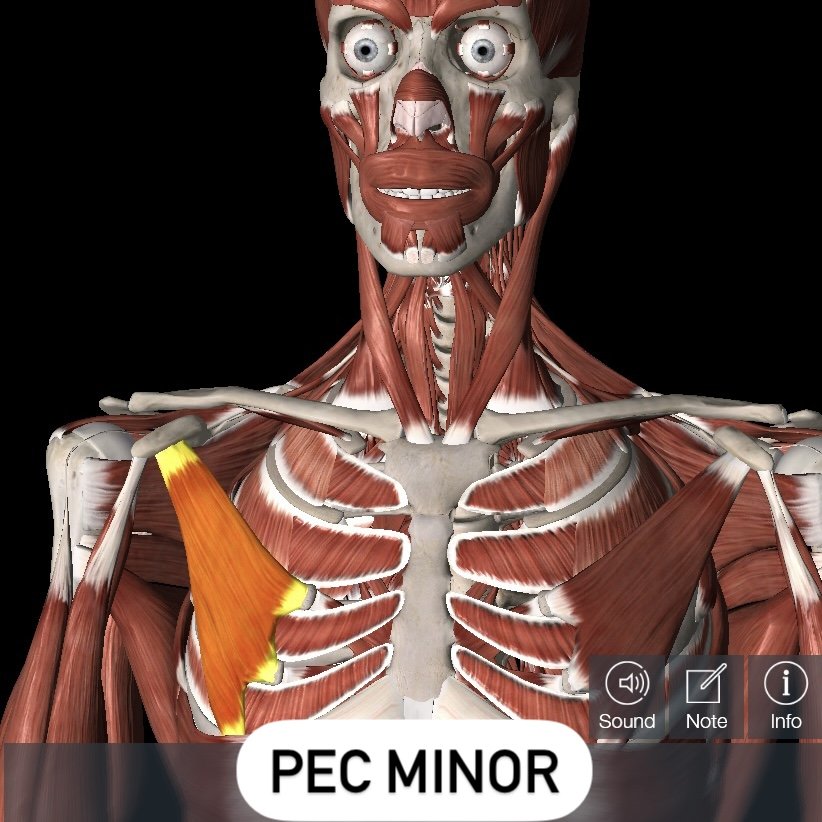Recovery: Top 3 Spots to Hit with Lacrosse Ball
A Lacrosse Ball or Baseball can be a great tool for your soft tissue/mobilization work.
3 Money Spots we have identified in pitchers (especially the day after pitching) are:
⚾️ Pec Minor
⚾️ Rhomboids
⚾️ Quadrangular Space (Overlap of Teres minor, Teres major, and Triceps long heads)
TECHNIQUE
The primary technique we prefer to use with a lacrosse ball is a Pin and Stretch technique. The goal here is pin down a portion of the target muscle in the shortened position, add pressure, then elongate the tissue. This achieves two goals:
1) gives us a stable location to elongate tissue from
2) Strips longitudinally through the muscle fibers under the Lacrosse Ball
TARGET 1: Pec Minor
Pec Minor is a muscle that becomes commonly shortened/overactive, especially in baseball players. First of all, the cell phone society we are in today causes our postures to trend toward the forward shoulder/rounded back positions on a daily basis. Add throwing to the mix and now the Pec Minor is accelerating the arm over and over into an Anterior tipped position. This position restriction limits two to the most important positions in the delivery from the arm’s perspective: Full Lay Back and Full Retraction. For this reason, it is our number 1 target.
TARGET 2: Rhomboids
The Rhomboids are a big player in the Decel pattern of the Scap, and oftentimes are an area of post pitching soreness. One thing we cannot let happen, is letting the Rhomboids become the primary Scap retractors over the Mid and Low Trap.
Rhomboids: Downward Rotators of Scap (bad retraction)
Mid/Low Trap: Upward rotators of Scap (good retraction)
Using Pre Test/Post Test assessments, we are also starting to think the Rhomboids/Levator Scap play a bigger part in restricting layback via posterior tilt than we initially thought.
TARGET 3: Quadrangular Space
The quadrangular space is an area where there is overlap between the Teres Major (accelerator), Triceps Long Head (accelerator), and Teres Minor (decelerator). With the combination of the different roles and the high amount of shearing stress placed on these structures, it can often be an area of sensitivity, adhesions, and poor muscle gliding
Take Away
In the end, these are 3 of our favorite money holes to hit with a lacrosse ball in our prep or recovery work. Each athlete is a little bit different so there might be some additional spots that they specifically need to hit consistently. However, these are 3 areas that are great to address across the board with throwers.




